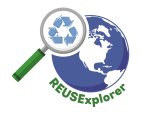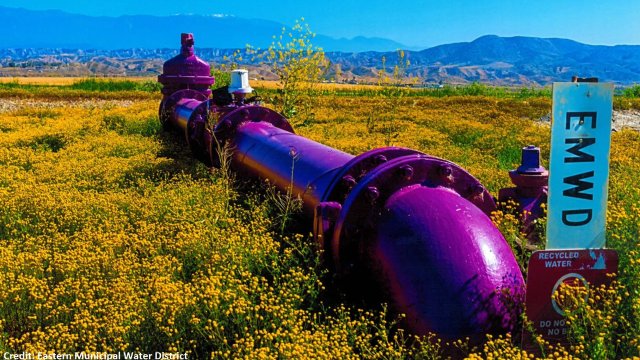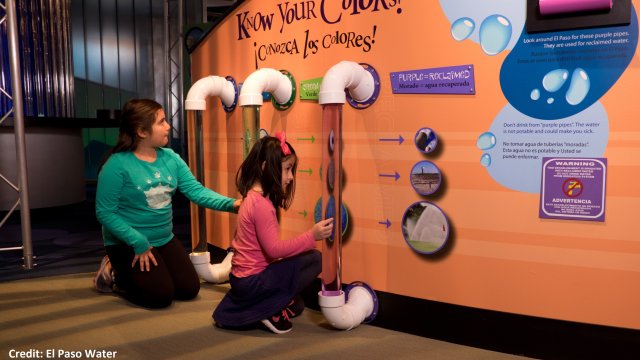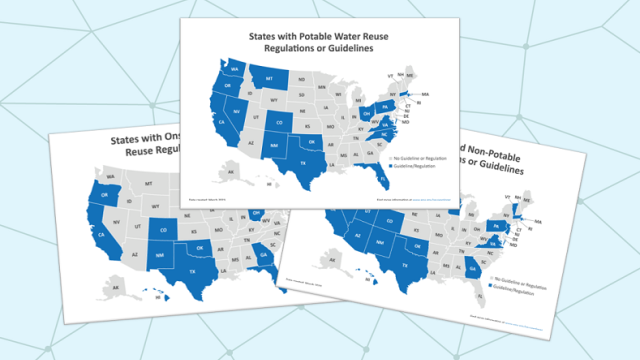Regulations and End-Use Specifications Explorer (REUSExplorer)

This tool links to summaries of state water reuse regulations or guidelines and is searchable by source of water and end-use application. These summaries are not legally binding; please always refer to your state for the latest information.
The REUSExplorer tool was developed by EPA and partners as part of the Water Reuse Action Plan (Action 3.1). Additionally, there is a one hour webinar recording on how to use the tool. Content is current as of February 2024.
REUSExplorer Tool
Select the state, sources of water, and/or reuse application of interest using the available drop-down menus. No selection will display all available results. If no results are available for multiple selections, the search will yield "no results available." The results do not include laws and policies under development.
| State | Sources of Water | Reuse Application | Summary Document |
|---|---|---|---|
| CO | Municipal Wastewater | Agricultural Irrigation | Refer to Results |
Helping Regulators Reduce Illness
This 2025 document, Risk Based Framework for Developing Microbial Treatment Targets for Water Reuse (pdf) , provides detailed scientific information that states and Tribes can use to develop risk assessments and microbial treatment targets that support safe potable and non-potable water reuse. Watch a webinar that introduces the document here.
-
News in Water Reuse Regulations and Guidelines

Reuse regulations are in the works by several states. Check out the latest information.
-
Recent and Upcoming Water Reuse Activities

Learn about the latest events and activities, including highlights of the REUSExplorer.
-
Distribution of Reuse Regulations and Guidelines

Explore metrics and maps associated with existing reuse regulations.
